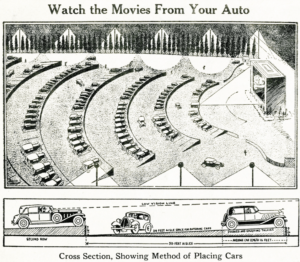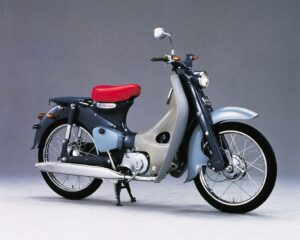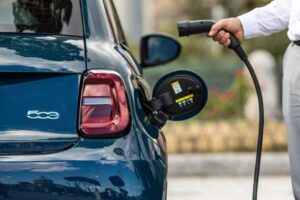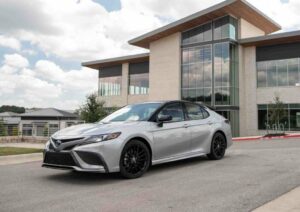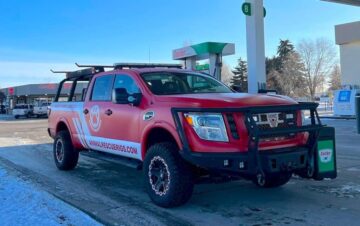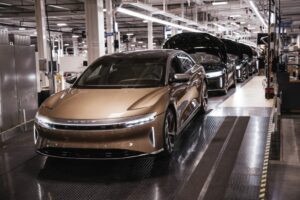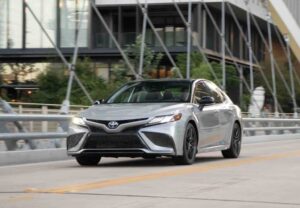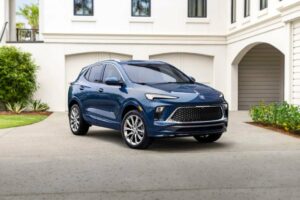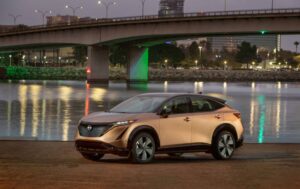The caution flag is up for automakers, dealers and consumers as the crisis in the banking system and the continuing fight against inflation puts pressure on the auto industry, according to analysts.

“The Fed’s decision to hike rates by another quarter percentage point will have varying ramifications throughout the economy, but for car shoppers, this won’t be entirely unexpected given the significant climb that interest rates have made over the last year,” noted Jessica Caldwell, Edmunds’ executive director of insights.
Monthly payments climbing
Caldwell added until recently, interest rates for vehicle purchases were relatively low for several years. When combined with longer loan terms that softened monthly payments, more Americans saw the opportunity to get into the larger, more richly contented vehicles.
Jonathan Smoke, the chief economist at Cox Automotive, said demand for new vehicles has been relatively robust in the face of the higher rates.
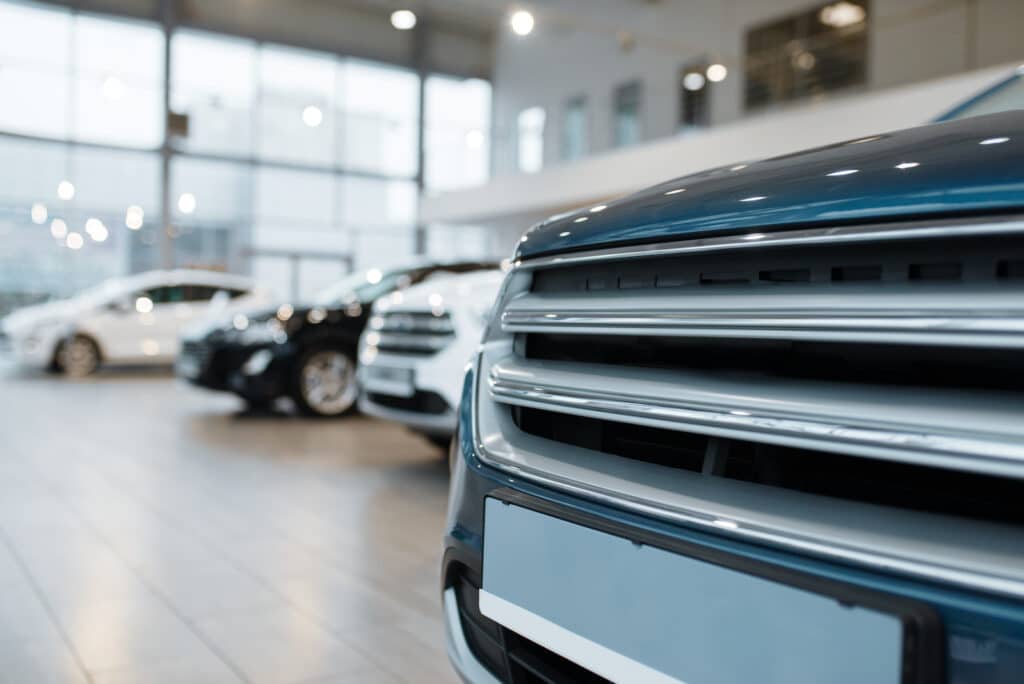
“Due to a strong start of the year for consumer spending, a hot labor market that hasn’t slowed as much as desired, and core inflation picking up instead of declining, the Fed had been preparing markets for more rate hikes and what would have been a 50 basis points increase at this meeting,” Smoke said.
“However, following several recent banking failures and moves by the Fed, U.S. Treasury, FDIC and other agencies to prevent further failures and ensure ample liquidity in the financial system, financial stability grew to be a greater concern this March, and that shift in focus is already producing tightening beyond what the Fed can do.”
Credit tightening
Smoke said banks and other lenders have been actively tightening credit in response to the crisis of confidence and increased threat of regulatory scrutiny.
With credit conditions tightening due to more conservative behaviors by lenders, consumer and business spending will slow, and growth will cool. That appears to be what is happening in the auto market, but to a relatively small degree so far.
Auto loan rates moved higher by a bit more than 3 full percentage points in 2022, according to Cox.

Auto loan rates continue to move higher in 2023 despite the Fed having only increased rates by a quarter of a point in February. As of the start of this week, the average new auto loan rate is estimated at 8.94%, up 92 basis points from 8.02% in December 2022. The average used auto loan rate increased to 14.01%, up 164 basis points from 12.37% in December, according to data collected by Cox.
Affordability drop
This clearly is negative for affordability, which was the key reason that vehicle sales declined in 2022 and could well decline again in 2023, Cox analysts noted.
Edmunds’ Caldwell added, “Now that the auto industry is recovering from the supply shortage and inventory is improving, vehicle prices should soften, which should also provide relief to those who cannot wait any longer to purchase.
“When the microchip shortage caused a dearth of vehicle inventory, higher prices reigned and that combined with growing interest rates created barriers to entry for the majority of consumers,” she said.
Perhaps most disproportionately affected were those who needed a vehicle the most, given that used vehicle interest rates have been averaging in the double digits and are set to go open again with the latest rate hike by the Fed, Caldwell said.
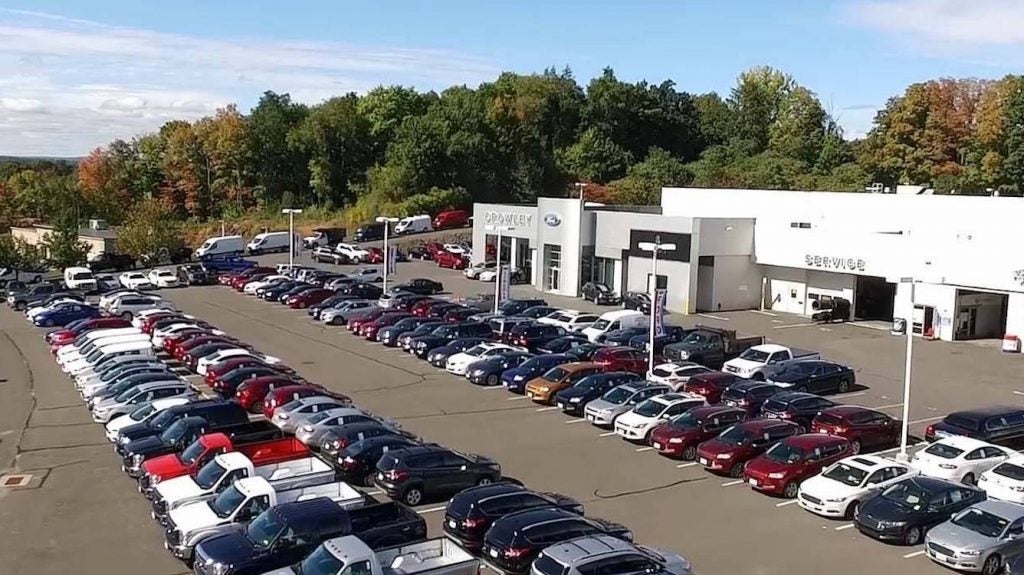
A potential light at the end of the tunnel for car shoppers could come in the form of financial incentives from auto manufacturers as inventory continues to build up and vehicles sit longer on dealer lots. Shoppers can’t expect the doorbuster bargains they saw pre-pandemic, Caldwell added.
So far, manufacturers have not moved to offer rebates. But companies such as Ford and Tesla have cut price of new electric vehicles. At the same time, the price of critical minerals such as lithium, cobalt and copper have dropped dramatically since the first of the year, potentially opening the door for future price cuts in the growing EV space.
The auto industry though is facing what could become a labor shortage, which will have to be addressed through higher wages and new labor contracts for Detroit’s automaker later this year.
“The price of labor isn’t going down,” noted Steve Wybo, senior managing director, Automotive, at Riveron, told the Society of Automotive Analysts in Detroit recently.
Wybo, however, noted while sales have not returned to pre-pandemic levels, the industry has successfully weathered a series of complex challenge during the past three years.
- SEO Powered Content & PR Distribution. Get Amplified Today.
- Platoblockchain. Web3 Metaverse Intelligence. Knowledge Amplified. Access Here.
- Source: https://www.thedetroitbureau.com/2023/03/higher-interest-rates-bank-failures-pose-challenge-to-car-business/
- :is
- $UP
- 2022
- 2023
- 8
- a
- According
- actively
- added
- against
- agencies
- already
- Americans
- Analysts
- and
- Another
- appear
- ARE
- AS
- At
- auto
- automakers
- automotive
- average
- averaging
- Bank
- bank failures
- Banking
- banking system
- Banks
- barriers
- basis
- BE
- become
- being
- Beyond
- bigger
- Bit
- build
- business
- buyers
- by
- CAN
- cannot
- car
- caused
- challenge
- chief
- clearly
- climb
- combined
- come
- Companies
- complex
- Concern
- conditions
- confidence
- conservative
- consumer
- Consumers
- continue
- continues
- continuing
- contracts
- Cool
- Copper
- Core
- core inflation
- could
- created
- Creating
- credit
- crisis
- critical
- Cut
- cuts
- data
- dealer
- December
- decision
- Decline
- Declining
- Degree
- Demand
- Despite
- digits
- Director
- Door
- double
- double digits
- down
- dramatically
- dropped
- during
- Economist
- economy
- Electric
- electric vehicles
- ensure
- entirely
- entry
- Environment
- estimated
- Ether (ETH)
- EV
- EVER
- executive
- Executive Director
- expect
- expensive
- Face
- facing
- fdic
- February
- Fed
- fight
- financial
- financial stability
- financial system
- Fire
- First
- Focus
- following
- For
- Ford
- form
- from
- full
- further
- future
- Future Price
- get
- given
- Giving
- Go
- going
- greater
- Growing
- growing interest
- Growth
- Happening
- Have
- having
- help
- higher
- Hike
- Hikes
- HOT
- However
- HTTPS
- improving
- in
- Incentives
- Increase
- increased
- industry
- inflation
- insights
- instead
- interest
- Interest Rates
- inventory
- jpg
- Key
- keys
- labor
- labor market
- larger
- Last
- Last Year
- latest
- lenders
- levels
- light
- Liquidity
- lithium
- loan
- longer
- looking
- Low
- made
- Majority
- managing
- Managing Director
- Manufacturers
- March
- Market
- Markets
- max-width
- meeting
- minerals
- monthly
- more
- most
- move
- moves
- needed
- negative
- New
- noted
- of
- offer
- offset
- on
- open
- opening
- Opportunity
- Other
- owner
- past
- payments
- percentage
- plato
- Plato Data Intelligence
- PlatoData
- Point
- points
- potential
- potentially
- preparing
- pressure
- prevent
- price
- Prices
- professional
- provide
- purchase
- purchases
- Puts
- Quarter
- Rate
- Rate Hike
- rate hikes
- Rates
- reason
- recent
- recently
- recovering
- regulatory
- relatively
- relief
- response
- Rise
- rising
- robust
- s
- Said
- sales
- Salesperson
- same
- senior
- Series
- set
- several
- shift
- Shoppers
- shortage
- should
- significant
- since
- slow
- small
- Smoke
- So
- so Far
- Society
- Space
- Spending
- Stability
- start
- Steve
- strong
- Successfully
- such
- supply
- system
- terms
- Tesla
- that
- The
- the Fed
- this week
- this year
- threat
- three
- Through
- throughout
- tightening
- time
- to
- treasury
- u.s.
- U.S. Treasury
- Unexpected
- vehicle
- Vehicles
- View
- wages
- wait
- week
- WELL
- What
- What is
- which
- while
- WHO
- will
- with
- would
- year
- years
- zephyrnet

